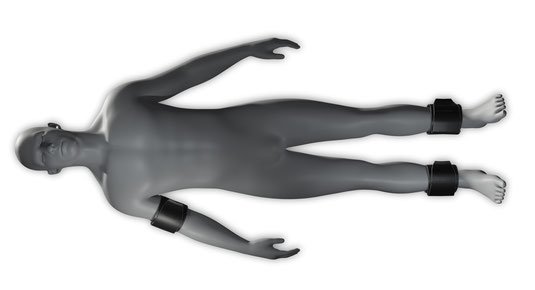Ankle-Brachial Index (ABI)
In 1950 for the first time, the ankle-brachial index (ABI) was described by Winsor as “ratio of the systolic blood pressure (SBP) measured at the ankle to that measured at the brachial artery”. At the beginning this parameter was employed as a non-invasive method to screen peripheral artery disease (PAD) in lower extremities.
ABI proves to be a valuable tool for both screening peripheral artery disease in individuals who are at risk and diagnosing the condition in those presenting with symptoms in their lower extremities. This noninvasive test is particularly beneficial for identifying potential circulation issues in the legs, making it a crucial aspect of routine examinations for individuals with a higher risk of peripheral artery disease. Regular ABI assessments provide a simple and effective means to monitor and manage vascular health, contributing to the early detection and proactive management of peripheral artery disease in a diverse range of patients.
How is Ankle-Brachial Index (ABI) calculated?
For the measurement patient should rest supine in a warm room for at least 10 minutes before testing. the average brachial pressure in that arm and ankle pressure in the leg is recorded sequentially using an oscillometric pressure cuff. The index will be calculated according to the formula seen below. An ABI ratio between 1.0 and 1.4 is considered as normal.
ABI= ankle SBP/brachial SBP
Patients suffering from CVD who also have a low ABI show higher mortality rate compared with patients with CVD who have a normal ABI. As one of the most available markers of atherosclerosis, this assessment is a highly appropriate measurement for CVD risk assessment specially in primary care.



